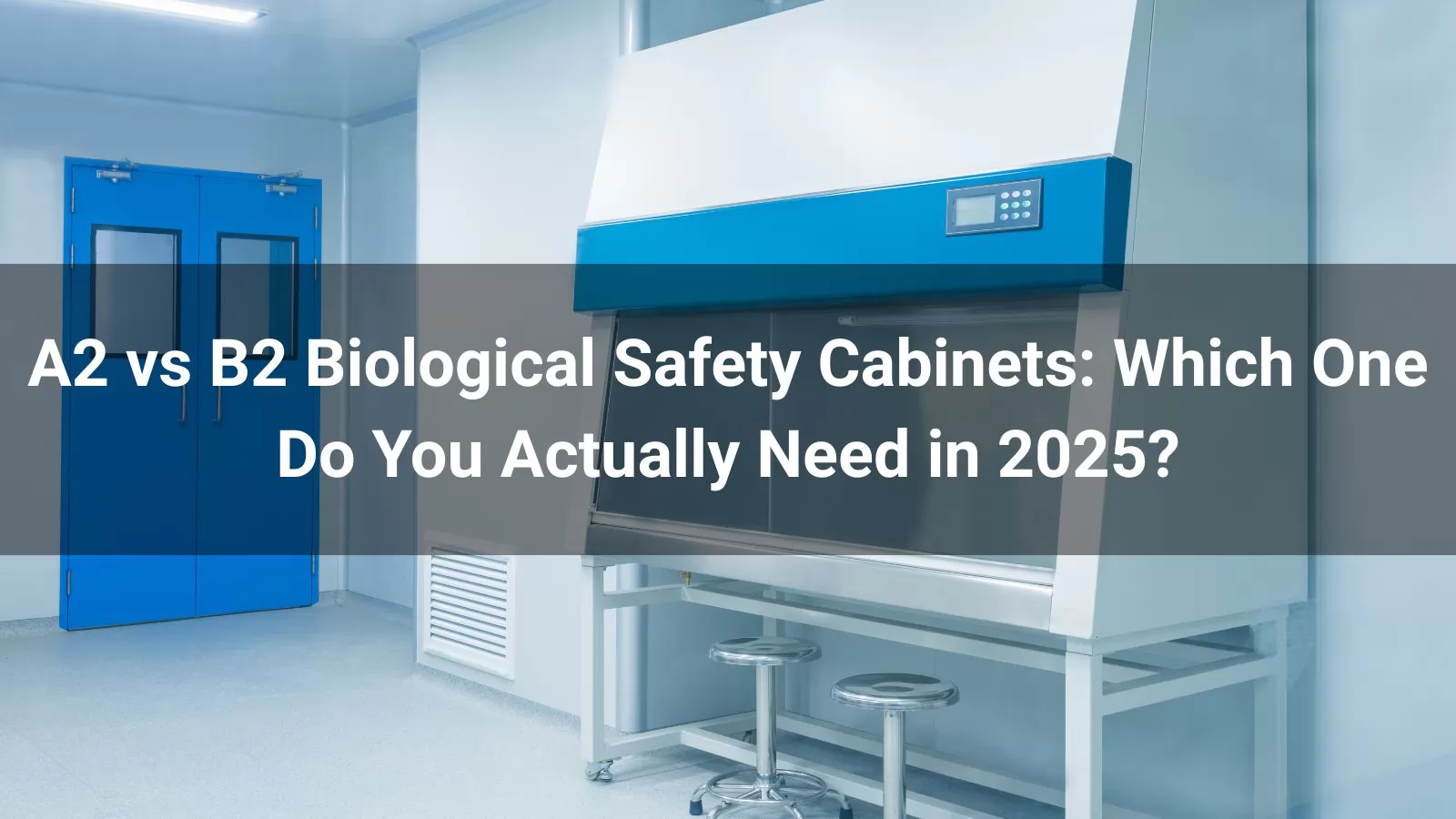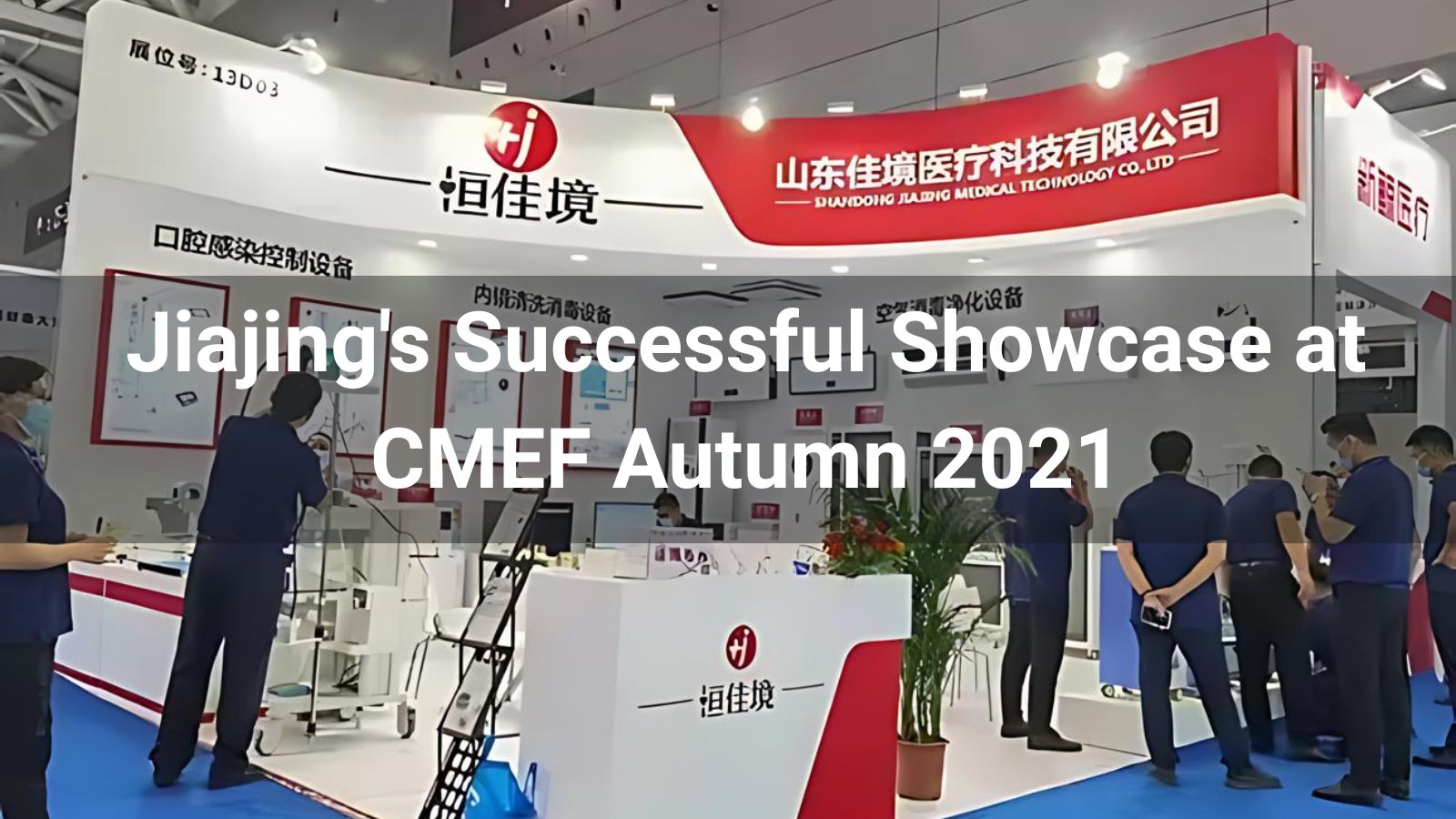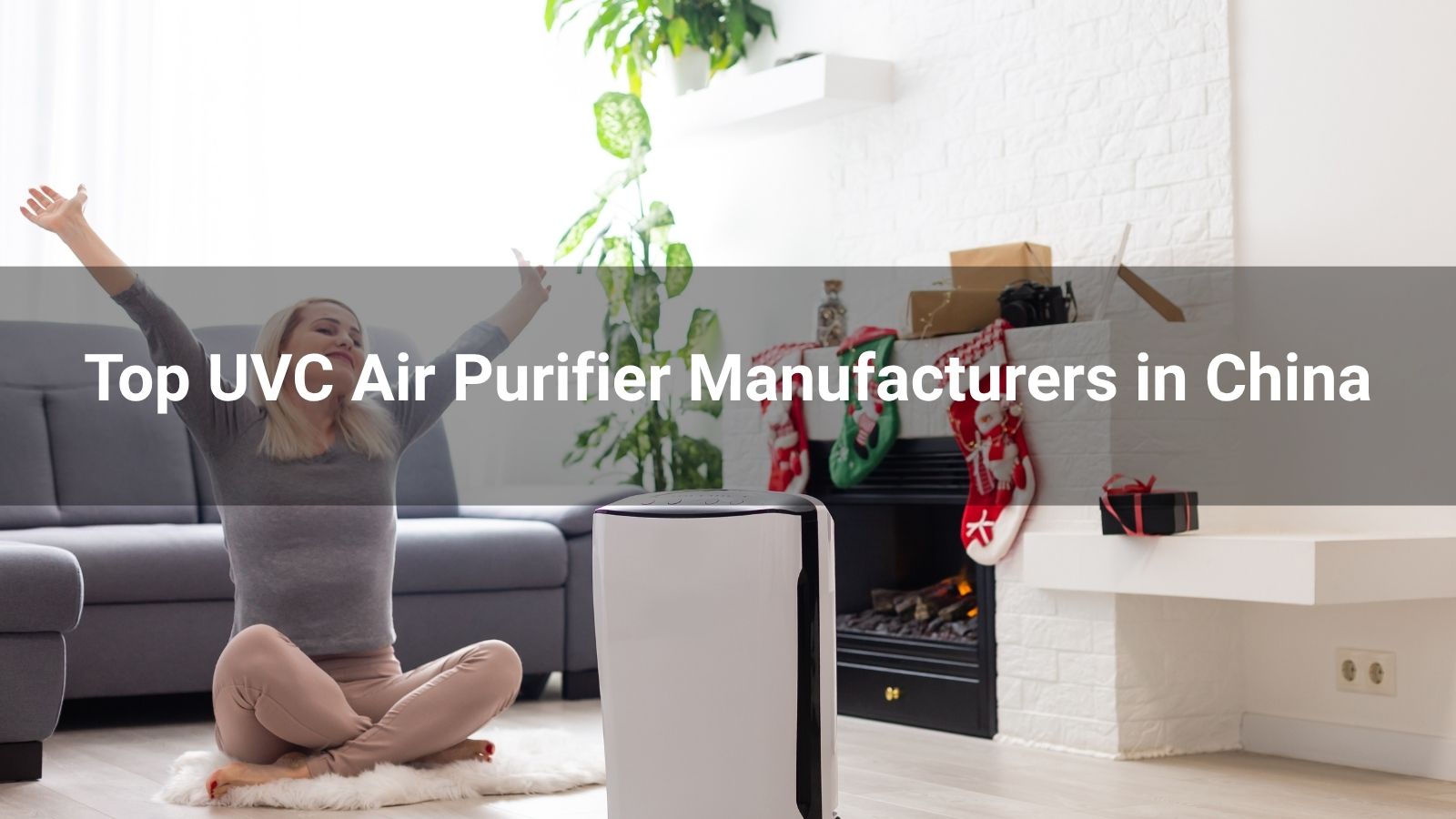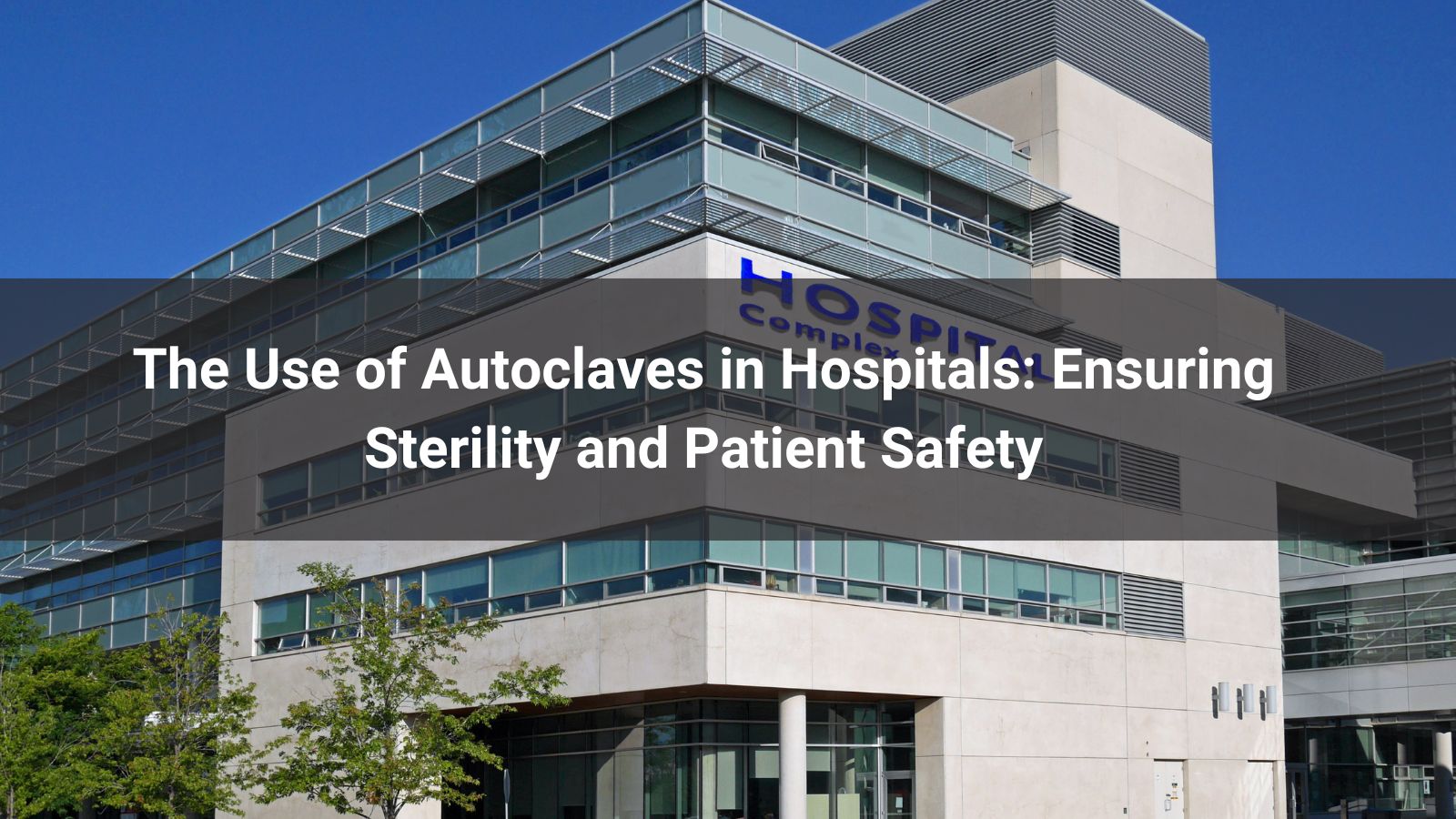
Let’s be brutally honest: 95 % of labs that think they need a B2 actually don’t. They end up spending 2–4× more upfront and 5–10× more in operating costs over the cabinet’s lifetime — all because someone once heard “B2 is safer” without understanding the nuance.
Here’s the updated 2025 reality check, based on the latest NSF/ANSI 49 (2023 revision), EN 12469:2020, CDC BMBL 6th Ed., and real-world energy data from dozens of recently commissioned labs.
| Class II Type A2 Biosafety Cabinet | Class II Type B2 Biosafety Cabinet | |
|---|---|---|
| ~70 % recirculated, ~30 % exhausted | 100 % exhausted to outdoors — zero recirculation | |
| Exhaust connection | Can be room-exhausted, canopy (thimble), or hard-ducted (with restrictions) | Must be hard-ducted directly to roof with dedicated blower |
| Volatile toxic chemicals | Trace only (< 1 ppm average, < 3 ppm peak with canopy) | Unlimited — designed for grams/liters of volatiles |
| Flammable vapors | Extremely limited (usually < 5–10 ml 70 % EtOH per procedure) | Acceptable within LEL limits (still needs explosion-proof options in some cases) |
| Energy use (6-ft cabinet) | 300–600 W (fans only) | 2,000–4,500 W (cabinet + exhaust blower + make-up air heating/cooling) |
| Annual operating cost (US average climate) | $1,500–$3,000 | $18,000–$45,000+ (yes, really) |
| Make-up air requirement (6-ft) | ~350–500 CFM | 1,400–2,200 CFM of conditioned air |
| Installation cost | $18k–$35k (cabinet + basic canopy) | $60k–$150k+ (cabinet + dedicated exhaust, fire dampers, VFD blower, roof penetration) |
| Relocatability | Easy — unplug and roll (if not hard-ducted) | Near impossible without major MEP rework |
| Noise level | 55–62 dBA | 68–78 dBA (because of the big exhaust blower) |
| Typical lifespan before major HVAC retrofit | 15–20 years | Often limited by building exhaust capacity, not the cabinet itself |
Choose A2 if any of the following are true:
2025 Pro Tip: A correctly designed thimble (canopy) connection on an A2 safely handles up to ~50–100 ml of chloroform or formaldehyde per 8-hour shift in most cases. NSF now explicitly allows this when the calculated 8-hour TWA stays below 1 ppm in the room. Most reputable manufacturers (NuAire, Thermo, Labconco, Esco, Baker) provide free vapor-exposure calculators.
You must have a B2 (or a chemical fume hood + separate Class II A2) if you regularly:
2025 Reality Check: Even many oncology pharmacies have moved away from B2s toward closed-system drug-transfer devices (CSTDs) + ventilated compounding enclosures inside A2 cabinets because the total cost of ownership of a B2 is now indefensible in most geographies.
| Your Situation | Recommended Cabinet | Notes |
|---|---|---|
| Pure biology, no volatiles | A2 (non-ducted or canopy) | Cheapest & simplest |
| < 50 ml ethanol/bleach per procedure | A2 | No brainer |
| Occasional chloroform/formalin (< 100 ml/shift) | A2 + thimble connection | Still safe & legal |
| Grams of chloroform or acetonitrile daily | B2 or chemical fume hood | No way around it |
| Chemotherapy compounding (modern CSTDs) | A2 + ventilated enclosure | Usually cheaper & safer |
| Vapor-phase decontamination required | B2 (or A2 with external generator port) | Depends on protocol |
| Building has no spare exhaust capacity | A2 only | B2 physically impossible |
| You want to move the cabinet in < 5 years | A2 | B2 is basically permanent |
Still on the fence? Do these three things today:
Choose once, choose right, and save yourself six figures and a mountain of headaches.
Your lab, your wallet, and your future grad students will thank you.















*We respect your confidentiality and all information are protected.

Endoscope reprocessing is a critical healthcare procedure to ensure reusable flexible and rigid endoscopes are safe for patient use by thoroughly cleaning, disinfecting, and/or sterilizing them to eliminate pathogens and prevent infections.

Let’s be brutally honest: 95 % of labs that think they need a B2 actually don’t. They end up spending 2–4× more upfront and 5–10× more in operating costs over the cabinet’s lifetime — all because someone once heard “B2 is safer” without understanding the nuance.

This steam autoclave uses pressurized heat to eliminate microorganisms, including bacteria, viruses, fungi, and spores, from medical autoclave equipment and materials.